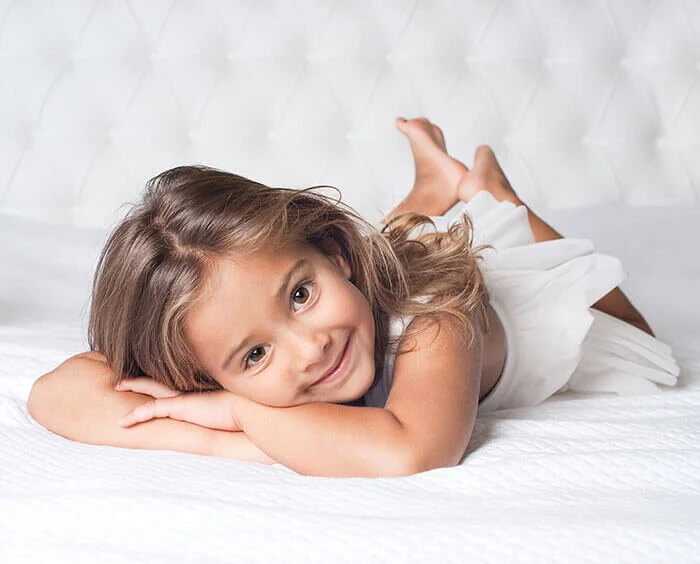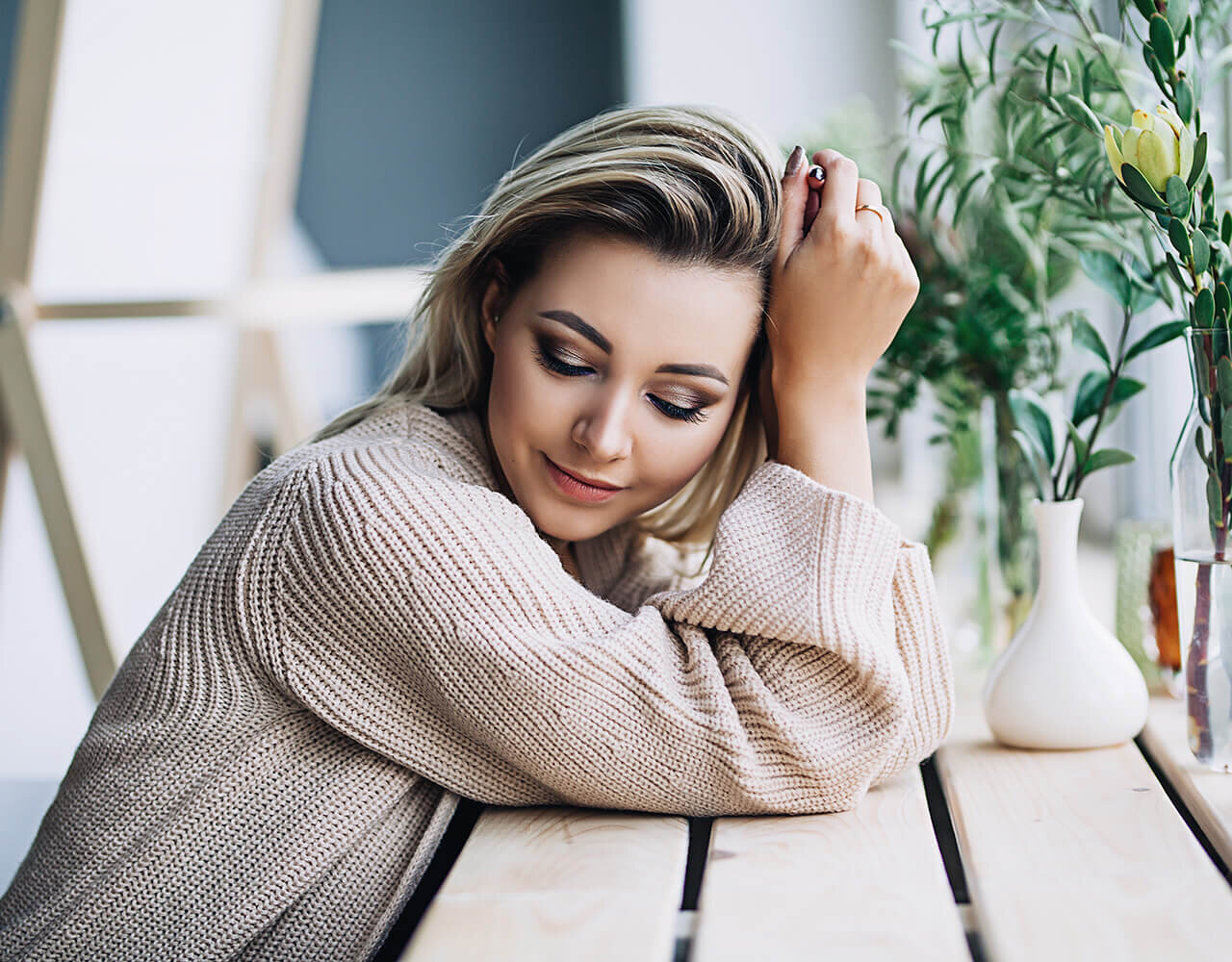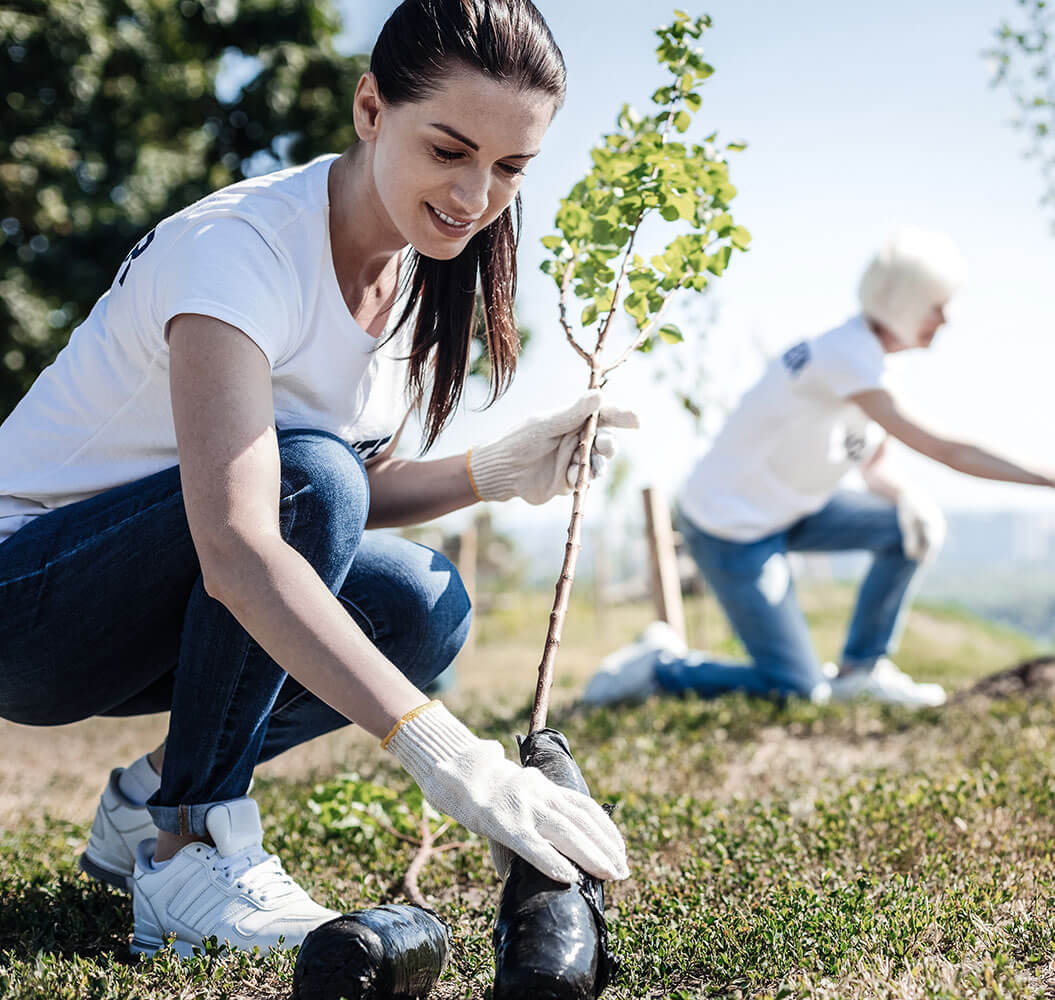Sleep Apnea in Kids
Understanding Sleep Apnea in Children: A Treatable Sleep Disorder
Did you know that children spend about a third of their lives sleeping? While the quantity of sleep is important, the quality of that sleep is even more crucial for a child’s development and overall health.
Unfortunately, many children suffer from sleep apnea, a common sleep disorder that can lead to serious health and behavioral issues if left untreated.
This condition, caused by airway blockages during sleep, can disrupt your child’s rest, resulting in symptoms like daytime sleepiness, irritability, behavioral challenges, and difficulties in school.
The good news is that sleep apnea in children is highly treatable when properly diagnosed and managed. In this guide, you’ll learn to recognize the signs, understand the causes, and explore effective treatment options to help your child sleep better and thrive.
Symptoms of Sleep Apnea In Children
There are several symptoms of sleep apnea in children that you need to be on the lookout for.
Symptoms of Sleep Apnea In Children
The first and most obvious is snoring. While it’s totally normal for a child to snore occasionally when he is suffering from a respiratory ailment (like a cold, flu, or allergies), chronic snoring is something that should never plague a child.
It signals abnormal flow moving through the upper airway, as its movement in the nasal passages that produces the snoring sound. Often, snoring goes hand-in-hand with sleep apnea, so if your child is suffering from snoring on a long-term basis, it’s worth having it checked out.
Of course, other causes of snoring can include enlarged adenoids and tonsils along with allergies - but all of these issues warrant medical treatment regardless.
Mouth breathing is another red flag. We should always breathe through our noses, but if it’s obstructed for some reason, mouth breathing can occur. This can cause sleep apnea because, when a child breathes through his mouth, the jaw muscles are relaxed and can elongate the face over time. Because of this, sleep apnea is much more likely.
Teeth grinding is another issue that is common among sleep apnea sufferers. Sleep apnea frequently occurs when the soft tissues at the rear of the throat begin to block the airway. While tightening the tongue and jaw can prevent the airway from collapsing, they can also cause a child to grind and clench his teeth.
Sleep Apnea Can Cause Sweating
Sleep apnea can also cause sweating. It is not common for children to wake up drenched in sweat. It can also be associated with lowered oxygen levels and spikes in heart rate and blood pressure. This is often related to a spike in the stress hormone cortisol and can signal that your child is struggling to breathe at night.
Restless sleep is a sign of many sleep disorders but sleep apnea is a common culprit. When breathing is a challenge, this can manifest itself as lots of movement - even if your child isn’t aware of it. If your child has sleep apnea, he may end up in odd positions, such as parallel to the headboard or upside down in bed.
Eventually, a child will stop taking naps - this is a normal part of development. While infants need to take several naps a day, children who are older than a few years who are napping often might be suffering from sleep apnea. This is due to excessive drowsiness.
Both bedwetting and sleepwalking can be signs of sleep apnea as well. That’s because both are linked to chemical imbalances in the brain that can be related to a lack of oxygen from sleep apnea and then lead to these behaviors.
Sleep apnea can lead to a vast array of other problems in your child’s growth and development, too. It is during short-wave sleep that growth hormone is released, something that helps develop both muscles and bones. Sleep also helps your child get the sleep they need to overcome impulsiveness and distractibility - so many children who suffer from sleep apnea also suffer from related issues like ADHD.
Other general symptoms of sleep apnea to watch out for in your child include coughing and choking at night, difficulty waking up in the morning, and fatigue.
Effects of Untreated Sleep Apnea
Effects of Untreated Sleep Apnea
While many of the effects of untreated sleep apnea don’t seem that disastrous (such as a little bit of tiredness and a desire to nap every now and then), the reality is that many of sleep apnea’s impacts can be serious.
Untreated sleep apnea that leads to long periods of disturbed sleep can cause chronic fatigue and make it harder for your child to pay attention in school, leading to an increased risk of behavioral and learning problems.
It’s also believed that symptoms of obstructive sleep apnea may be present in up to a quarter of all children who are diagnosed with ADHD. Untreated sleep apnea can lead to problems with growth, cognitive delays, and even to heart problems.
Left untreated, this sleep disorder has also been linked to childhood obesity, heart attack, stroke, and high blood pressure.
Main Causes
To identify the best treatment for your child with sleep apnea, it is important to first rule out what is causing it.
When a child has obstructive sleep apnea, just like an adult, it is because the muscles that are located in the back of the throat collapse while the child is asleep. This makes it tough to breathe.
While the most common cause of obstructive sleep apnea in adults is obesity, in children, it is more often caused by enlarged adenoids or tonsils. The good news is that this is a relatively easy fix.
However, obesity or even being somewhat overweight can lead to sleep problems like apnea in children, too.
There are various risk factors that may make it more likely for your child to develop pediatric sleep apnea, too, such as having a family history of sleep apnea, being born at a low birth weight, or having a large tongue. Being overweight or obese raises the risk of this issue, as does having certain medical conditions like face or skull abnormalities, Down syndrome, cerebral palsy, and sickle cell disease.
Certain medications can cause sleep apnea too, but these tend to be medications that are rarely used for children, like opioids.
Diagnosing
Diagnosing Sleep Apnea In Children
If you suspect that sleep apnea might be what’s causing your child’s health problems, you will want to get to your child’s pediatrician immediately.
In order to diagnose your child, the doctor will run him or her through a series of tests. He will ask about his symptoms, perform a physical examination, and schedule a sleep study.
You may be referred to a sleep specialist for this. In the sleep study, your child will spend the night in a sleep clinic or hospital, where sensors will be placed on his body to monitor vital statistics throughout the night.
Among the many variables examined, the sleep specialist will pay attention to your child’s oxygen levels, heart rate, muscle activity, breathing pattern, and brain waves.
Sometimes, a full sleep test isn’t necessary. In this case, the doctor will require you to complete an oximetry test, which is an at-home test that will measure your child’s blood oxygenation levels and heart rate while he is asleep.
If this at-home test confirms sleep apnea (or if your doctor suspects it after the test), he may then refer your child for a full sleep test.
In many cases, doctors will schedule electrocardiograms to rule out heart conditions, too.
While this sounds like a lot of testing (testing that you may be worried about subjecting your child to), it’s important that you take your doctor’s advice on which tests are necessary. Sleep apnea is easily overlooked or misdiagnosed in children, especially when the signs of sleep apnea are mixed or inconsistent.
As a parent, it’s important that you become an advocate for your child and push for sleep studies if your child meets the clinical signs listed above and shows other related symptoms like behavioral problems or hyperactivity.
Treatment
Sleep apnea is relatively easy to treat in children, especially compared to adults. The biggest challenge in treating childhood sleep apnea is that there aren’t set guidelines on which treatment options are best.
Sleep Apnea Treatments
For instance, a mild case of sleep apnea often warrants no treatment at all. Many doctors will ask that you simply monitor your child to make sure his condition doesn’t worsen. That’s because many children will simply outgrow sleep apnea on their own. Often, the benefits of sleep apnea treatments are outweighed by the risks.
If your child’s sleep apnea is caused by oversized adenoids or tonsils, these can be surgically removed. This usually fixes the problem in itself.
For situations in which a child’s obesity is causing sleep apnea, your child may recommend a healthier diet and regular physical activity to get his weight down and eliminate the sleep apnea.
There are medications that can be used to relieve nasal congestion in children, something that can be useful if your child’s apnea is caused by allergies or perhaps temporary inflammation. Medications include Rhinocort, Flonase, and Dymista. The caveat to using these medications is that they only work for allergies and inflammation and should only be used temporarily - they are not designed for long-term use.
If your child’s sleep apnea doesn’t improve from these treatments, he may be prescribed continuous positive airway pressure therapy (also known as CPAP). This is a common treatment that is often used for adults.
Sleep Professional Help With Sleep Apnea In Children
In this, a child will wear a mask that covers his mouth and nose while he is sleeping. The mask provides a constant flow of oxygen to help keep the airway open. It can help with the symptoms of the disease but unfortunately does not treat the cause. It can be difficult for children to get the hang of wearing a bulky mask at night, making this the last line of treatment that most pediatricians recommend.
Your doctor may also recommend solutions to help address other problems related to your child’s sleep apnea, too. For example, he might have him wear a mouthpiece. A dental mouthpiece will help keep the jaw forward and the airways open. It can also help with the tooth grinding that commonly occurs as a side effect of sleep apnea.
Finally, a device known as NIPPV, or noninvasive positive pressure ventilation, might also be used. This is good for children who have central sleep apnea, as it allows for a backup breathing rate to be set. That way, a certain number of breaths can be taken every minute without requiring your child’s brain to signal them.
Even apnea alarms can be used, even with young children like infants. These wake up the child and stop the apneic episode and their use can be discontinued once the child outgrows the apnea. The challenge with these kinds of machines is that, since they are waking your child up constantly, they don’t do much to help your child get the rest that he so desperately needs.
The treatments for sleep apnea above do typically work. Most of the time, surgery for enlarged adenoids and tonsils can remove symptoms for about 90% of children. However, if left untreated, sleep apnea will only get worse - so make sure you talk to your child’s doctor ASAP.
Keep A Lookout For Sleep Apnea In Children To Keep Your Child Happy
The incidence of sleep apnea in children has risen greatly over the past years. Sleep apnea is a condition that causes people to stop breathing for periods of time, and it can be fatal if untreated.
The prevalence of this disorder in children is unclear, but one study found that up to 5% of all pediatric patients were diagnosed with sleep apnea. In order to diagnose the disorder, doctors will do a physical examination of your child and check for any irregularities in their sleeping patterns or history.
Ultimately, getting your child to a pediatrician if you suspect sleep apnea - or any kind of sleep disorder - is essential. Sleep apnea isn’t hugely common in children (at least, not as common as it is in adults) but it is still an issue to be on the lookout for if you want to keep your child happy and healthy.
Karen A Mulvey is a personal social blogger and mom with 14 years of experience in the every day world of motherhood and sustainable product research. Karen is on a mission to help everyday families select sustainable, non-toxic organic products, stop stressing about uncertainties on sustainable home goods and apparel, and start living the life they’ve always wanted.
Follow Karen at @karenAmulveycs | Karen A Mulvey


















